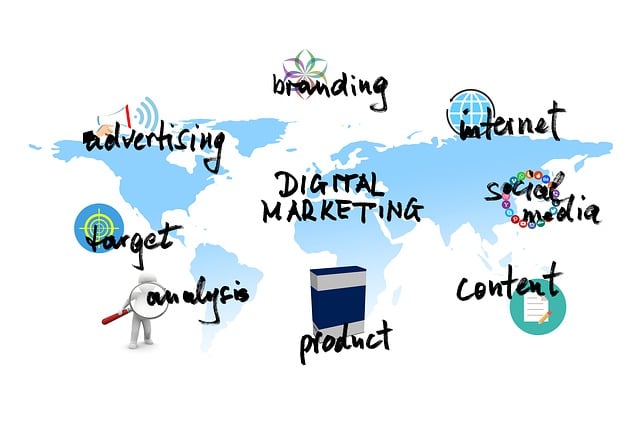AI drone-based lot imaging classification is transforming utility forecasting for mobile homes by capturing high-resolution aerial images and using advanced AI to analyze exterior features like roof types, window placements, and seasonal factors. This method creates detailed datasets for predictive models, offering more accurate demand projections compared to traditional methods relying solely on typical usage data. By enhancing energy efficiency categorization, this technology optimizes resource allocation, facilitates renewable energy integration, and enables precise utility consumption forecasting, including peak usage times for dynamic pricing structures.
In today’s digital era, optimizing resource management is paramount, especially in residential settings. This article explores the innovative application of AI mobile homes through AI drone-based lot imaging and classification techniques for utility consumption forecasting. By capturing detailed data from aerial imagery, these advanced methods enable precise predictions of energy usage patterns. We delve into practical applications, highlighting how this technology enhances efficiency, reduces costs, and contributes to sustainable living. AI drone-based lot imaging and classification are game-changers in shaping the future of resource management.
- AI Drone-Based Lot Imaging: Capturing Data for Consumption Forecasting
- Classification Techniques: Organizing Imaging Data for Accurate Predictions
- Enhancing Utility Consumption Forecasting with AI: Practical Applications and Benefits
AI Drone-Based Lot Imaging: Capturing Data for Consumption Forecasting

AI drone-based lot imaging is transforming the way utility consumption is forecasted, especially in the context of mobile homes. By capturing high-resolution aerial images and using advanced AI for image classification, energy usage patterns can be inferred from the exterior characteristics of these homes. This technology offers a unique perspective, allowing for more accurate predictions by considering factors like roof type, window placement, and even seasonal changes that impact insulation efficiency.
Drone imagery provides a detailed view of individual properties, enabling precise analysis of key features relevant to energy consumption. AI algorithms can then classify these images, creating comprehensive datasets that feed into predictive models. This approach ensures that forecasting is not just based on typical usage but also takes into account the diverse construction and design elements of mobile homes, leading to more reliable utility demand projections.
Classification Techniques: Organizing Imaging Data for Accurate Predictions

In the context of AI mobile homes utility consumption forecasting, organizing and classifying imaging data from drone-based lot imaging is crucial for making accurate predictions. This involves sophisticated techniques such as deep learning algorithms and computer vision to analyze high-resolution aerial images of housing developments. By categorizing features like roof types, window placements, and exterior materials, the AI model can learn patterns that directly correlate with energy efficiency and utility consumption.
Effective classification techniques enable the system to distinguish between different residential structures, allowing for more precise forecasting. This is particularly beneficial in managing resource allocation and planning for renewable energy integration in mobile home communities. The use of drone-based lot imaging provides a comprehensive and efficient way to gather data, ensuring that the AI model has access to detailed visual information essential for reliable utility consumption predictions.
Enhancing Utility Consumption Forecasting with AI: Practical Applications and Benefits

AI technology is transforming utility consumption forecasting, offering unprecedented accuracy and insights into energy usage patterns. By leveraging advanced machine learning algorithms, AI systems can analyze vast datasets from smart meters, historical trends, and drone-based lot imaging classification to predict future consumption with remarkable precision. This predictive capability empowers utilities to optimize resource allocation, plan infrastructure upgrades, and even anticipate potential service disruptions before they occur.
One of the key practical applications is in energy demand forecasting. AI models can identify seasonal variations, weather impacts, and individual consumer behaviors, allowing for more tailored energy management strategies. For instance, AI-driven systems can predict peak usage times, enabling utilities to implement dynamic pricing structures that encourage off-peak consumption. This not only reduces overall energy costs but also helps in balancing the power grid’s load, leading to a more stable and efficient distribution network.
AI drone-based lot imaging, coupled with advanced classification techniques, revolutionizes utility consumption forecasting. By capturing detailed data from aerial perspectives, this technology enables precise predictions of energy usage in residential properties. The practical applications are vast, offering benefits such as optimized resource allocation and reduced waste. This innovative approach to utility management not only enhances operational efficiency but also contributes to a more sustainable future. AI classification techniques organize imaging data effectively, ensuring accurate and timely consumption forecasts for better decision-making.
